- Home
- About Us
- Contact Us
- Site Map
- Affiliate Disclosure
- Privacy Policy
- Terms And Conditions
- Best Drone For Beginners 2021 : Top Beginner Drones
- Best Drones 2022 For Beginners : Top Beginner Drone
- Best Drones For Under 100 Dollars That Are Top Easy To Fly
- Best Cheap Drone For Photography : Camera Drones Budget
- What Is The Best Drone For 2022 And How Fast They Go
- Best Drone In The World To Use For Your First Time
- Best Drones 2022 With Camera : Which One Is The Best Drone
- Mavic Drone : The Most Marvelous Epic Controlled Flight System
- Drone Pilot License : The Best Way To Show Off Your Flight Skill
- Sky Rider Drone: Wi-fi Quadcopter With Foldable Black Camera
- Drone For Kids : The Best Toy To Focus On STEM Technology
- Propel Drone HD Camera Quadcopter And Star Wars
- Mini Drone With Camera : What Is The Best One And Why It Is Good
- Drones Dji : The Most Popular Consumer Drone On The Market Today
- Long Range Drone : How Far Can It Go And At What Rate Of Speed
- Micro Drone : The Smallest Toy With The Biggest Flight Fun
- Flying Spinner Mini Drone : The Best Flying Machine For Home Use
- Drones That Follow You : Is This An Invasion of Privacy or Not ?
- Drone Vivitar : A Magnificent Piece Of Equipment To Learn To Fly
- Drone Repair Near Me : Where Can I Find Reliable Parts And Stuff
- Drone Photography Near Me That Can Capture The Scenic View
- Drone Quadcopter : The Best Aerial Fly Machine That You Can Own
- Drone Light Show : A Spectacular Array Of Lights, Camera, Action
- Drone Holy Stone : The Most Quality Flying Device Anyone Can Use
- Sky Quad Drone Reviews Is It A Scam Or Legit Revealed
- Drone Fishing : When A Man Has A Rod, Boat, And Nothing But Time
- Faa Drone Registration : Feel Free To Fly But Follow The Rules
- Remote Control Drone : RC Drones With Fpv Controllers
- Hand Controlled Drone : Guiding Your Flight At Your Finger Tips
- Best Video Drones For Beginners | Features A Beginner Drone
- The Best Drone To Buy : Drones 2023 For Beginners
- Dgi Drone
- Best Drone For Night Photography
- Best Drone For The Money
- Best Drone For Teenager
- Best Drone For Under 200
- Best Drone For Under 500
- Best Drone For Video
- Best Drone In The Market
- Best Drone Under 1000
- Best Drones For Travel
- Bird Drone
- Black Hornet Drone
- Deerc Drone
- DJI Drones For Sale
- Best Beginner Drone With Camera : Are You New To Flying
- Best Beginner Drone For Me And How Much Will It Cost
- Battery For A Drone : Benefits, Advantages, And Features
- Best Camera Drone For Professional And Entertainment Purposes
- Best Cheap Drone In The Market That Will Not Cost An Arm and Leg
- Dji Fpv Drone
- Dji Mavic 3 Drone
- Drone Dj
- Best Drone Camera For First Time Users And Experienced Users
- What Are The Best Drones For Video Drone Camera
- Home
- Best Drones 2022 For Beginners : Top Beginner Drone
- Best Brand for Drone
- Best Drones 2022 With Camera : Which One Is The Best Drone
- Best Cheap Drone For Photography : Camera Drones Budget
- Flying Spinner Mini Drone : The Best Flying Machine For Home Use
Potensic ATOM 3-Axis Gimbal 4K GPS Drone, Under 249g, 96 Mins Flight, Max 6KM Transmission
Flying Spinner Mini Drone : Having Fun At Your Finger Tips
Is a compact, lightweight, and maneuverable drone that combines the features of a spinner toy and a quadcopter drone. It is designed to fly in the air while spinning like a fidget spinner. This unique combination creates an engaging and fun flying experience.
Here's a detailed breakdown of the various components and features :
1. Design: The drone typically consists of a central body or hub with spinning arms or blades attached to it. The blades are usually rounded or curved to resemble a fidget spinner. The central body houses the necessary electronics, such as the flight controller, battery, and motors.

2. Flight Mechanism: The drone utilizes a quadcopter design, meaning it has four rotors or propellers that provide lift and control. These propellers spin rapidly to generate upward thrust and keep the drone airborne. By adjusting the speeds of these propellers, the drone can move in various directions, including up, down, forward, backward, and sideways.
3. Control System: can be controlled remotely using a dedicated controller or a smartphone app. The controller or app allows the user to command the drone's movement, adjust its altitude, and perform aerial maneuvers. Some drones may also feature automatic flight modes, such as altitude hold or headless mode, which make flying easier for beginners.

4. Stability and Maneuverability: The flight controller inside the drone uses sensors, such as accelerometers and gyroscopes, to maintain stability and balance. These sensors constantly monitor the drone's position, orientation, and movement, making adjustments to the motor speeds as necessary. This ensures smooth flight and precise control, allowing the drone to perform agile maneuvers in the air.
5. Safety Features: To prevent accidents and protect the drone from damage, many come equipped with safety features. These may include propeller guards or bumpers to shield the propellers from impacts, emergency stop functions to quickly shut down the motors, and low-battery warnings to alert the user when the drone's power is running low.

6. Power Source: The drone is powered by a built-in rechargeable battery, usually a lithium-ion polymer (LiPo) battery. The battery capacity determines the flight time, which typically ranges from 5 to 10 minutes on a single charge. The battery can be recharged using a USB cable or a dedicated charging dock.
7. Additional Features: Some may include extra features to enhance the user experience. For example, they might have built-in LED lights that provide visual effects and make the drone more visible during nighttime flights. Others may have a built-in camera or support for attaching a small action camera, allowing users to capture aerial photos and videos.

Overall, is a unique and entertaining gadget that combines the spinning action of a fidget spinner with the thrill of flying a drone. It offers a fun and interactive way to experience aerial maneuvers and perform tricks, making it a popular choice for both beginners and drone enthusiasts alike.
Which Is The Best Flying Spinner ?
However, I can provide you with some key factors to consider when looking for the best flying spinner drone:
1. Build Quality and Durability: Look for a flying spinner drone made from high-quality materials that can withstand crashes and impacts. Durable propellers, sturdy construction, and robust frame are essential for a long-lasting drone.

2. Flight Performance: Consider the drone's stability, maneuverability, and responsiveness. A good flying spinner drone should be easy to control, offer smooth flight, and be capable of performing aerial tricks and stunts.
3. Battery Life: Longer flight time allows for more extended flying sessions. Look for a flying spinner drone with decent battery life to maximize your enjoyment.
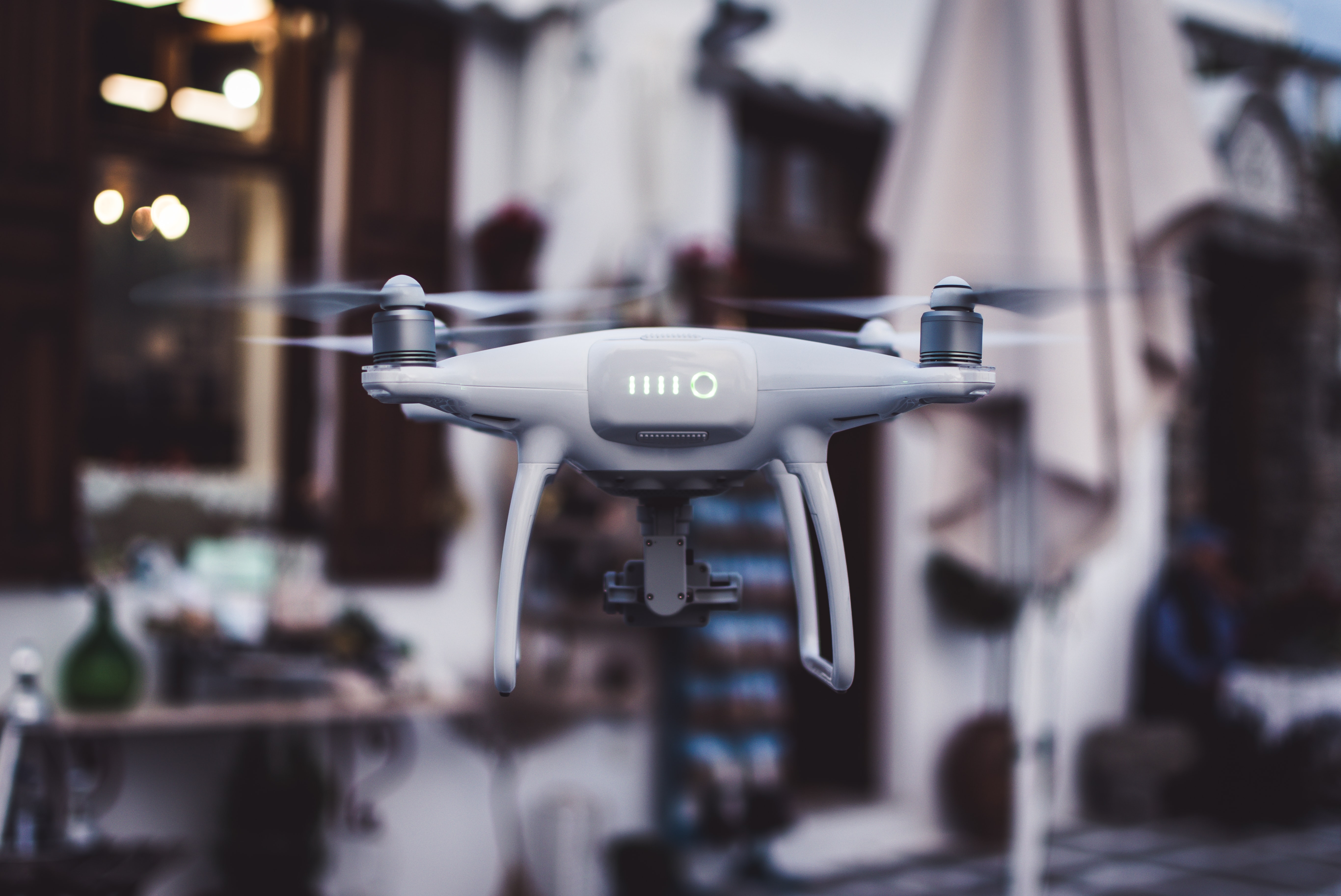
4. Control System: Check if the drone comes with a dedicated controller or if it can be operated through a smartphone app. Evaluate the control range, ease of use, and available features of the control system.
5. Safety Features: Prioritize drones that have safety features like propeller guards or bumpers to protect against accidents. Emergency stop functions and low-battery warnings are also valuable safety features to look for.

6. Additional Features: Some flying spinner drones offer extra features such as LED lights, built-in cameras, or support for attaching action cameras. Consider these features based on your preferences and the type of flying experience you want.
7. Price and Value: Compare the price of the drone with its features, build quality, and performance. Look for a flying spinner drone that offers good value for your money.
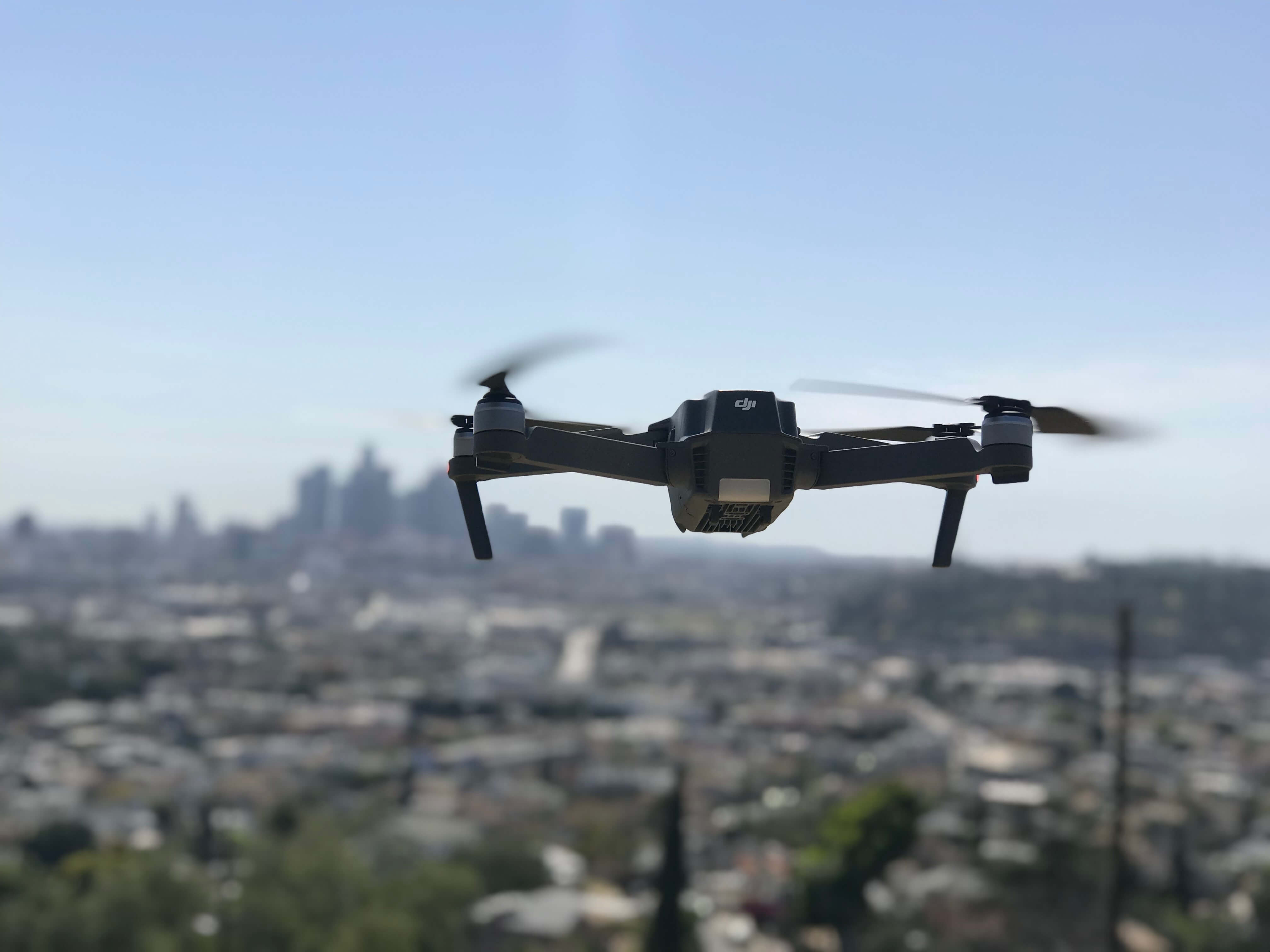
To determine the best flying spinner drone currently available, you can refer to online reviews, tech websites, or consumer feedback. These sources can provide up-to-date information on the latest models, their features, and user experiences. Additionally, you can consider factors like brand reputation and customer support when making your decision.
Remember to assess your own requirements, preferences, and skill level when choosing a flying spinner drone. What might be the best option for one person may not necessarily be the best for someone else.
What Is The Price Of Flying Spinner Toy ?
The price of a flying spinner toy can vary depending on several factors, including the brand, quality, features, and availability.
However, it's important to note that as an AI, I don't have access to real-time pricing information. Therefore, I can provide you with a general price range based on historical data and market trends as of my knowledge.

Flying spinner toys are typically more affordable compared to advanced drones with extensive features. The price range for flying spinner toys can vary from around $10 to $50 USD.
Lower-priced options in the range of $10 to $20 USD may offer basic flying capabilities, simple controls, and fewer features. These models might have shorter flight times, limited control range, and may not include additional features like LED lights or built-in cameras.

As you move up the price range, typically between $20 to $50 USD, you may find flying spinner toys with better build quality, improved flight performance, longer battery life, and more advanced features.
These models may offer enhanced stability, more precise control, and additional features such as LED lights, customizable patterns, or built-in cameras.
It's worth mentioning that prices can vary based on the specific brand, retailer, promotions, and any bundled accessories or extra features included with the flying spinner toy.
It's recommended to check with reputable online retailers, local toy stores, or official manufacturer websites to get the most accurate and up-to-date pricing information for the specific model you are interested in purchasing.

How Do You Use A Mini Boomerang Spinner Drone ?
To use a mini boomerang spinner drone, follow these steps:
1. Charging: Begin by charging the drone's battery using the provided USB cable. Connect the cable to a USB power source, such as a computer or a wall adapter, and plug the other end into the drone's charging port. Allow the battery to fully charge according to the manufacturer's instructions.
2. Power On: Once the battery is fully charged, locate the power button on the drone. Press and hold the power button until you see indicator lights or hear a beep, indicating that the drone has powered on. Some drones may automatically power on when the battery is connected or when you throw them into the air.

3. Pairing: If the mini boomerang spinner drone comes with a dedicated controller, ensure that the controller's batteries are installed and powered on. Follow the manufacturer's instructions to pair the controller with the drone. This usually involves turning on the controller and then activating a pairing mode on the drone.
4. Takeoff: Before taking off, find a clear and open area, preferably outdoors, away from people, buildings, and obstacles. Hold the drone horizontally in your hand, making sure the propellers have enough clearance. If the drone has an auto-takeoff feature, you can activate it by gently tossing the drone into the air. Otherwise, manually increase the throttle or press the takeoff button on the controller to make the drone ascend.

5. Flying: Once the mini boomerang spinner drone is in the air, use the controller's joystick or smartphone app controls to maneuver the drone. The controller's joysticks usually control the throttle (up and down movement) and the drone's orientation (forward, backward, left, and right). Practice basic maneuvers such as ascending, descending, hovering, and making simple turns. Be gentle with the controls to avoid sudden movements or crashes.
6. Landing: When you're ready to land the drone, slowly reduce the throttle to descend it gradually. If the drone has an auto-landing feature, activate it using the controller or the app. Alternatively, you can catch the drone carefully in mid-air or place it gently on a flat surface.
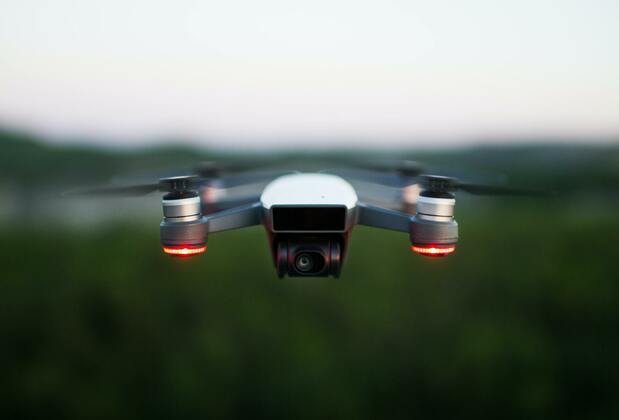
7. Power Off: After landing the mini boomerang spinner drone, power it off by pressing and holding the power button until the lights or indicators turn off. Disconnect the battery if needed, and safely store the drone and its accessories.
Always refer to the instruction manual provided by the manufacturer for specific details on how to operate your particular mini boomerang spinner drone. Familiarize yourself with any unique features, flight modes, and safety guidelines before flying. Practice in open areas and gradually increase your skill level to enjoy a safe and enjoyable flying experience.
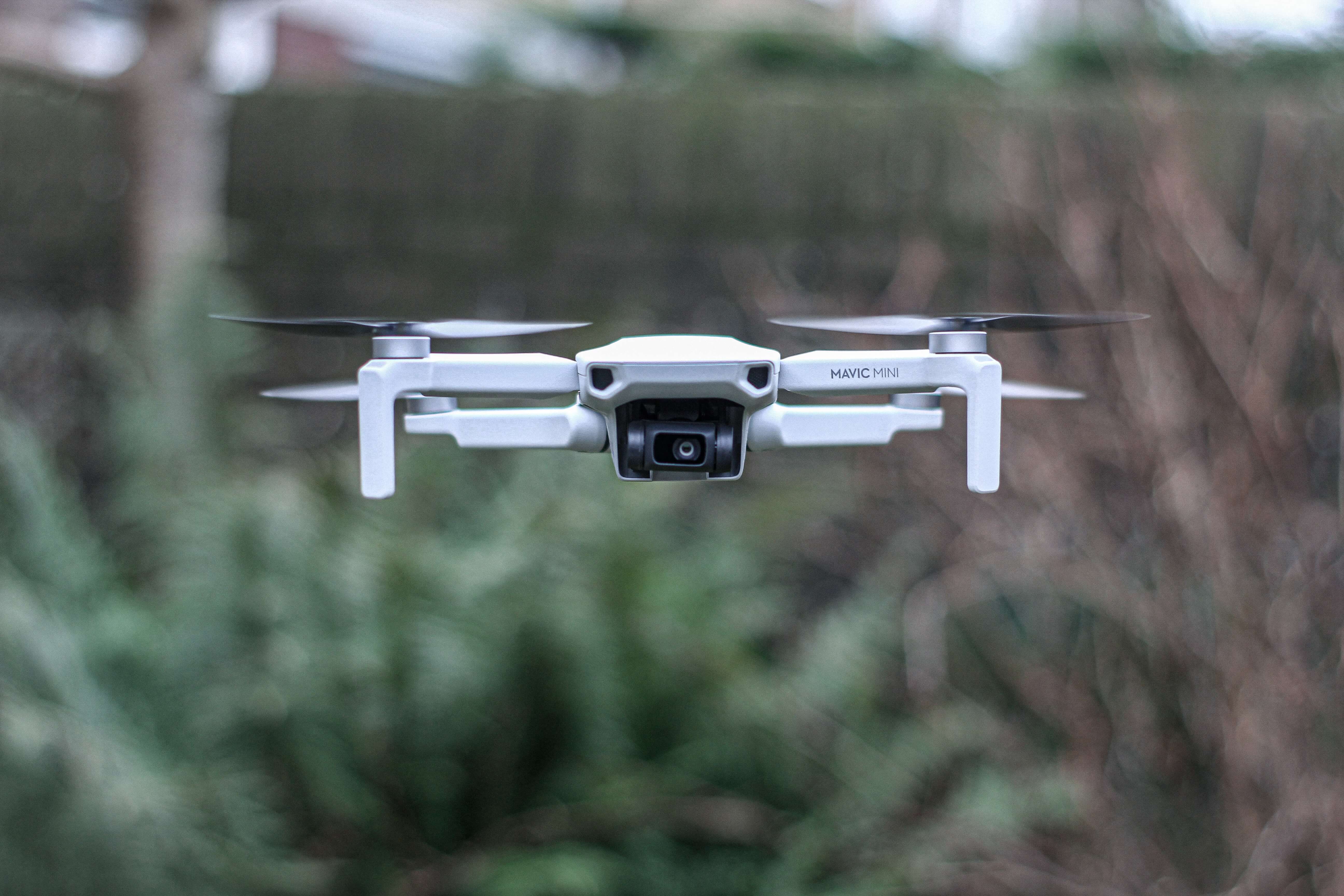
How Do You Throw A Flying Spinner ?
To throw a flying spinner, follow these steps:
1. Grip: Hold the flying spinner between your thumb and index finger, placing your thumb on one side and your index finger on the opposite side. The spinner should rest in your hand with the blades facing outward and the central hub facing inward.
2. Wind-Up: Give the spinner a gentle spin in your hand to build up rotational momentum. This step helps initiate the spin when you release the spinner into the air.

3. Throwing Motion: With a controlled and smooth motion, extend your arm forward and release the flying spinner from your hand. Aim to release it parallel to the ground, maintaining a level trajectory.
4. Spin and Lift: As the flying spinner leaves your hand, the rotational momentum generated from the wind-up should cause the blades to spin rapidly. The spinning motion, combined with the lift generated by the propellers, allows the flying spinner to stay airborne.
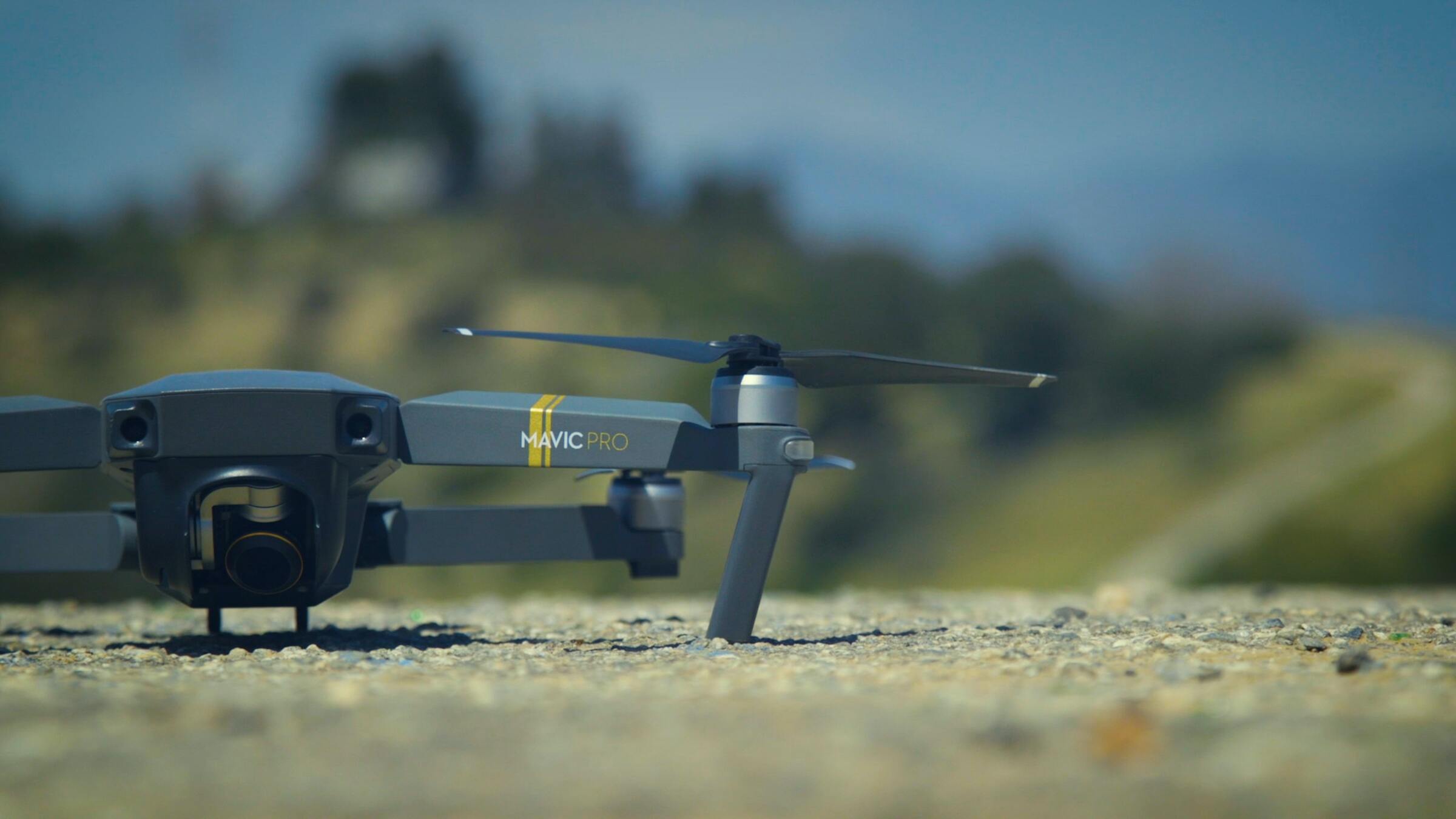
5. Follow-through: After releasing the flying spinner, continue to extend your arm forward and slightly flick your wrist. This follow-through motion adds a bit of extra momentum to the spinner, helping it maintain stability and achieve optimal flight performance.
6. Flight Adjustments: Once the flying spinner is in the air, you can make minor flight adjustments by tilting your wrist or moving your arm slightly. These adjustments can help control the direction and speed of the spinner. Experiment with different arm angles and wrist movements to find what works best for you.

7. Catching: To catch the flying spinner, wait for it to descend and slow down. Extend your hand towards the spinner and try to catch it gently in mid-air. Alternatively, you can let it land on a flat surface, such as your palm or an open hand.
Remember, practicing your throwing technique is key to achieving good flight performance and control with the flying spinner. Start with gentle throws and gradually increase the force as you become more comfortable. Additionally, always ensure you have enough space, away from obstacles and people, to throw and catch the flying spinner safely.
These steps provide a general guide, but it's important to refer to the specific instructions provided by the manufacturer for your particular flying spinner model. They may include additional guidelines or recommendations for the optimal throwing technique.

Is There Such Thing As A Flying Fidget Spinner ?
That being said, there have been various creative adaptations of fidget spinners that incorporate LED lights, Bluetooth speakers, or other additional features. These modifications enhance the visual appeal and interactive experience of using a fidget spinner, but they do not enable the device to fly.
On the other hand, there are numerous mini drones or quadcopters available that have a design resembling a fidget spinner. These flying spinner drones feature spinning blades or arms and can perform aerial maneuvers while in flight. These devices offer a unique combination of a spinner toy and a flying drone, providing an engaging and fun flying experience.

It's always recommended to check with reputable retailers or online marketplaces to explore the latest products and innovations in the fidget spinner and drone categories. By staying updated, you may come across new releases or advancements that could include a flying fidget spinner or similar concept.
Which Is The Best Flying Toy ?
Determining the "best" flying toy is subjective and can vary based on personal preferences, age group, and intended use. However, I can provide you with information about some popular and well-regarded flying toys that cater to different interests and age ranges:
1. Remote-Controlled (RC) Helicopters: RC helicopters offer a thrilling flying experience and are available in various sizes and levels of complexity. They can be maneuvered in different directions, hover in mid-air, and perform tricks. Advanced models may include features like built-in cameras or stabilization systems for smoother flight.

2. Quadcopter Drones: Quadcopter drones have gained immense popularity in recent years. They come in a range of sizes and capabilities, from toy-grade drones for beginners to professional-grade models with advanced features. Drones offer a versatile and immersive flying experience, often equipped with cameras for capturing aerial photos and videos.
3. Kites: Kites have been a classic flying toy for centuries. They come in different shapes, sizes, and designs. From traditional diamond-shaped kites to intricate stunt kites, they offer an enjoyable and serene flying experience, especially in open spaces with a gentle breeze.

4. Boomerangs: Boomerangs are fascinating flying toys with a unique return flight. They require skill and technique to throw correctly, making them an engaging outdoor activity. Boomerangs are available in various designs, including traditional wooden boomerangs and foam or plastic options for beginners.
5. Flying Discs/Frisbees: Flying discs or Frisbees are simple yet entertaining flying toys suitable for all ages. They can be thrown and caught, and various tricks and games can be played with them. They come in different materials and designs, allowing for different flight characteristics and performance.
6. Rocket Launchers: Rocket launchers offer a dynamic flying experience. These toys often come with foam or plastic rockets that can be launched into the air using a handheld launcher or a pump mechanism. They can reach impressive heights and provide excitement as they soar and descend back to the ground.

7. Gliders and Foam Planes: Gliders and foam planes are lightweight, aerodynamic flying toys that can be launched by hand. They offer a more hands-on approach to flying and allow for experimentation with different throwing techniques and flight patterns. Some models feature adjustable wings or propellers for enhanced control and stability.
Remember, the best flying toy ultimately depends on individual preferences, skill levels, and the desired flying experience. Consider factors such as age appropriateness, ease of use, durability, and safety features when choosing the ideal flying toy for yourself or someone else.

Which Toy Drone Is Best ?
Determining the "best" toy drone can vary based on specific requirements, features, and personal preferences. However, I can provide you with information about some highly regarded toy drones that have gained popularity for their features, performance, and user experiences.
Keep in mind that technology is constantly evolving, and new models may be introduced beyond my knowledge.
1. DJI Mini 2: The DJI Mini 2 is a compact and lightweight drone that offers impressive performance and image quality. It features a 4K camera, three-axis gimbal stabilization, and a range of intelligent flight modes. The Mini 2 is known for its ease of use, long flight time, and advanced features in a small form factor.

2. Holy Stone HS720: The Holy Stone HS720 is a feature-packed drone that offers excellent value for its price. It boasts a 4K camera, GPS-assisted flight, intelligent flight modes, and a robust build quality. With its foldable design and stable flight performance, it appeals to beginners and enthusiasts alike.
3. Ryze Tello: The Ryze Tello is a popular entry-level drone designed in collaboration with DJI. It is compact, easy to fly, and affordable. Despite its small size, the Tello comes with a 720p camera, electronic image stabilization, and a range of flight modes suitable for learning and casual aerial photography.

4. Potensic D58: The Potensic D58 is a mid-range drone that offers a good balance between features and affordability. It features a 2K camera, GPS positioning, intelligent flight modes, and a durable build quality. The D58 is known for its stable flight performance, long-range control, and user-friendly interface.
5. Eachine E520S: The Eachine E520S is a budget-friendly drone that offers a range of features for beginners. It comes with a 4K camera, GPS positioning, adjustable camera angle, and various flight modes. The E520S is easy to control, lightweight, and offers a good flight time for its price range.
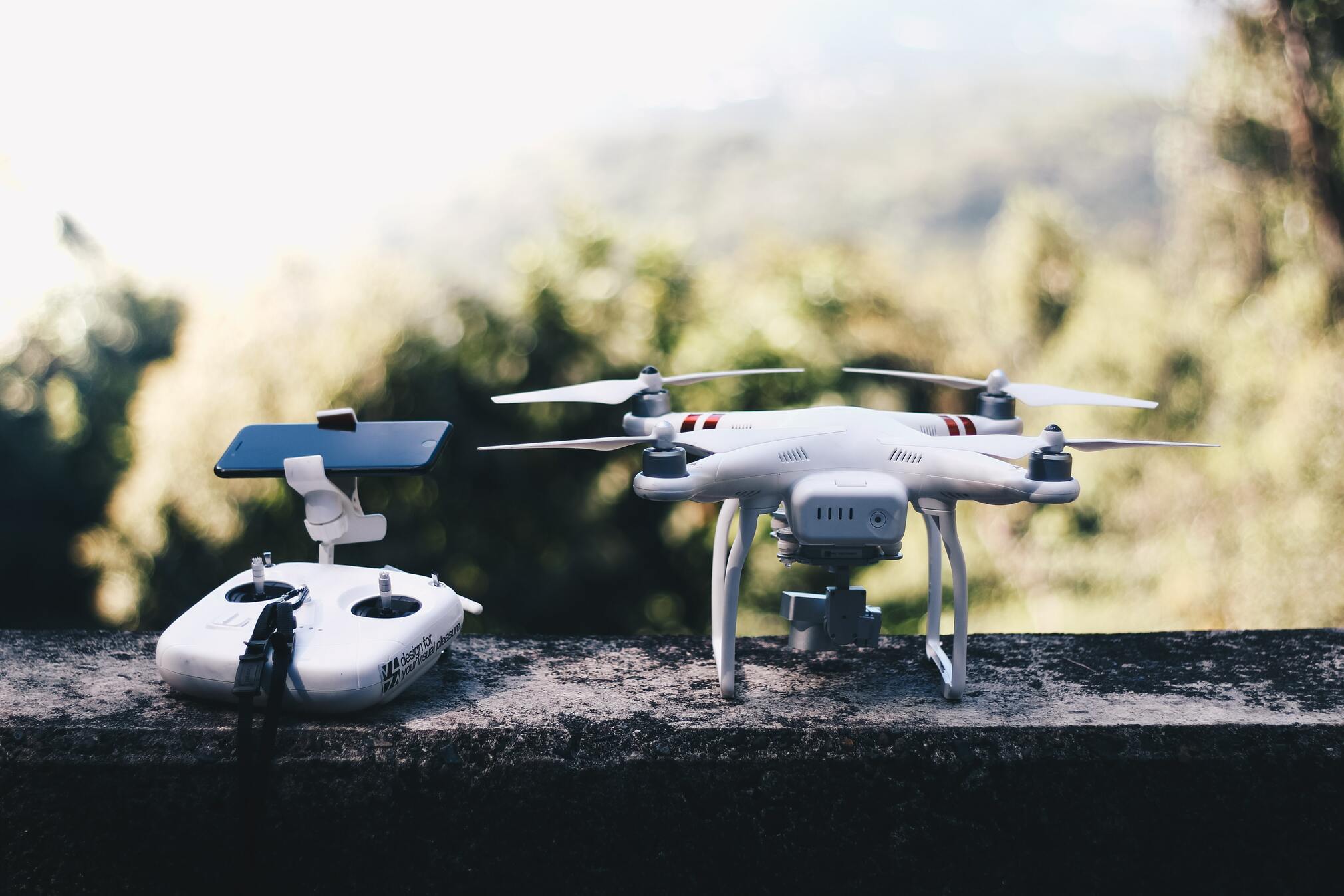
When choosing a toy drone, consider factors such as camera quality, flight stability, control range, flight time, durability, ease of use, and available features that align with your needs and preferences. It's also helpful to read reviews, watch videos, and compare specifications to determine which drone best suits your requirements.
What Is The Best Toy Drone With Long Flight Time ?
When considering toy drones with long flight times, it's important to note that flight times can vary based on factors such as battery capacity, drone size, and flying conditions. While toy drones generally have shorter flight times compared to professional-grade drones, there are some models known for their extended flight durations. Here are a few toy drones with relatively long flight times:
1. DJI Mini 2: The DJI Mini 2 offers a flight time of up to 31 minutes, which is impressive for its compact size. This drone features advanced technology that optimizes power consumption, allowing for longer flights. It is known for its stable flight performance, image quality, and intelligent flight modes.

2. Holy Stone HS720: The Holy Stone HS720 boasts a flight time of up to 26 minutes. Its high-capacity battery contributes to the longer flight duration. This drone also incorporates intelligent battery management technology to optimize power efficiency. It offers features such as GPS positioning, 4K camera, and stable flight performance.
3. Potensic D58: The Potensic D58 offers a flight time of up to 18-20 minutes, which is relatively long for a budget-friendly drone. It is equipped with a powerful battery that allows for extended flights. The D58 features GPS positioning, adjustable camera angle, and various flight modes.

4. Snaptain SP500: The Snaptain SP500 provides a flight time of up to 15 minutes, which is decent for its price range. It features a removable battery design, allowing for additional batteries to be swapped in for longer flight sessions. The SP500 offers GPS positioning, follow-me mode, and a 1080p camera.
When choosing a toy drone with long flight time, consider factors such as the drone's battery capacity, recharge time, and overall flight performance. It's also important to manage your expectations as flight times may vary depending on flying conditions, payload, and flight maneuvers.

What Is The Best Flying Drone Ball ?
While determining the "best" flying drone ball is subjective and can depend on individual preferences, here are a few notable options:
1. UFO Drone: UFO drones, also known as mini flying saucers, are popular flying drone balls. They typically have a spherical or disc-like shape with propellers embedded inside. UFO drones often feature obstacle avoidance sensors, LED lights for visual effects, and simple controls. They can hover in the air, perform stunts, and are generally easy to operate.
2. Air Hogs Supernova: The Air Hogs Supernova is a unique flying drone ball that doesn't require a remote control. Instead, it utilizes gesture-based controls, allowing users to control its flight with hand movements. The Supernova can be launched from your hand, controlled using simple gestures, and can perform aerial tricks and maneuvers.

3. Flynova Pro: The Flynova Pro is a versatile flying drone ball that combines the features of a spinner and a drone. It features a spinning rotor in the center and can be launched into the air. The Flynova Pro has various flight modes and can perform tricks like hovering, flipping, and spinning. It also features built-in LED lights for visual effects.
4. PowerUp Dart: The PowerUp Dart is a unique drone ball that can be controlled using a smartphone app. It combines a paper airplane with drone technology, allowing you to fold and attach a paper plane module to the drone ball. The PowerUp Dart can be launched from the ground or hand and controlled via the app for flight maneuvers.

When selecting the best flying drone ball for your needs, consider factors such as flight stability, durability, ease of control, available flight modes, and any additional features that enhance the flying experience. Reading user reviews, watching demonstration videos, and researching different models can help you make an informed decision based on your preferences and requirements.
What's The Easiest Drone To Fly ?
When it comes to ease of flying, there are several drone models known for their user-friendly design and intuitive controls. Here are a few drones that are generally considered to be easy to fly:
1. DJI Mavic Mini: The DJI Mavic Mini is a compact and lightweight drone designed for beginners. It features simplified controls and a user-friendly interface, making it easy to operate. The drone also has stability features, including GPS positioning and altitude hold, which help maintain a steady flight. The Mavic Mini offers a good balance of stability, flight performance, and image quality.

2. Ryze Tello: The Ryze Tello is a small drone that is often recommended for beginners and young pilots. It offers easy-to-use controls, stable flight performance, and a range of assisted flight modes. The Tello can be flown using a smartphone app or a compatible Bluetooth controller. Its lightweight design and propeller guards make it suitable for indoor flying as well.
3. Holy Stone HS110D: The Holy Stone HS110D is a beginner-friendly drone that offers stable flight and easy controls. It features altitude hold, headless mode, and one-key takeoff/landing, simplifying the flying experience. The drone comes with a dedicated controller, allowing for more precise and responsive control.
4. Snaptain SP500: The Snaptain SP500 is a budget-friendly drone that is suitable for beginners. It offers user-friendly controls and features like one-key takeoff/landing, altitude hold, and headless mode. The SP500 also provides stable flight performance and a compact design that is easy to transport.
5. Parrot Mambo: The Parrot Mambo is a mini drone that is known for its ease of use. It offers simple controls and features like stability sensors and altitude hold, making it beginner-friendly. The Mambo can be controlled using a smartphone app or an optional remote controller. It also has modular accessories, such as a grabber or a mini cannon, which can add an element of fun to the flying experience.
These drones are generally regarded as easy to fly due to their stability features, intuitive controls, and beginner-friendly interfaces. However, it's important to note that flying any drone requires practice and adherence to safety guidelines. Familiarize yourself with the specific instructions and flight modes of the drone you choose, and gradually develop your piloting skills as you gain experience.
What Are The Top Five Drones ?
Determining the top five drones can depend on various factors such as features, performance, image quality, flight capabilities, and price. However, based on popularity and positive reviews, here are five drones that are often considered among the top choices:
1. DJI Mavic 2 Pro: The DJI Mavic 2 Pro is a professional-grade drone known for its exceptional image quality. It features a Hasselblad camera with a 1-inch CMOS sensor, offering 20-megapixel photos and 4K video recording. The Mavic 2 Pro boasts advanced flight features, including obstacle sensing, intelligent flight modes, and a long flight time of up to 31 minutes.
2. DJI Phantom 4 Pro V2.0: The DJI Phantom 4 Pro V2.0 is another highly regarded drone for professional use. It incorporates a 20-megapixel camera with a 1-inch CMOS sensor and can shoot 4K video at up to 60 frames per second. The Phantom 4 Pro V2.0 offers excellent flight performance, obstacle sensing and avoidance, and intelligent flight modes.
3. Autel Evo II: The Autel Evo II is a powerful and versatile drone that caters to both professional and enthusiast needs. It comes with interchangeable camera modules, including an 8K camera, providing stunning image quality and video capabilities. The Evo II offers a long flight time, obstacle avoidance, and a range of intelligent flight modes.
4. Skydio 2: The Skydio 2 stands out for its advanced autonomous flight capabilities and obstacle avoidance system. It features a 12-megapixel camera capable of 4K video recording. The Skydio 2 utilizes AI-powered tracking and navigation algorithms, allowing it to autonomously track subjects while avoiding obstacles. This drone is well-suited for action-packed filming scenarios.
5. DJI Mini 2: The DJI Mini 2 is a compact and portable drone that offers impressive performance and features at a more affordable price point. It comes with a 12-megapixel camera capable of 4K video recording, three-axis gimbal stabilization, and intelligent flight modes. The Mini 2 is known for its ease of use, long flight time, and reliable flight performance.
These drones are highly regarded for their quality, performance, and features, making them popular choices among professionals and enthusiasts. However, it's essential to consider your specific needs, budget, and skill level when selecting the right drone for you. Conducting further research, reading reviews, and comparing specifications can help you make an informed decision based on your requirements.
Click here for more information Parrot Drone Reception